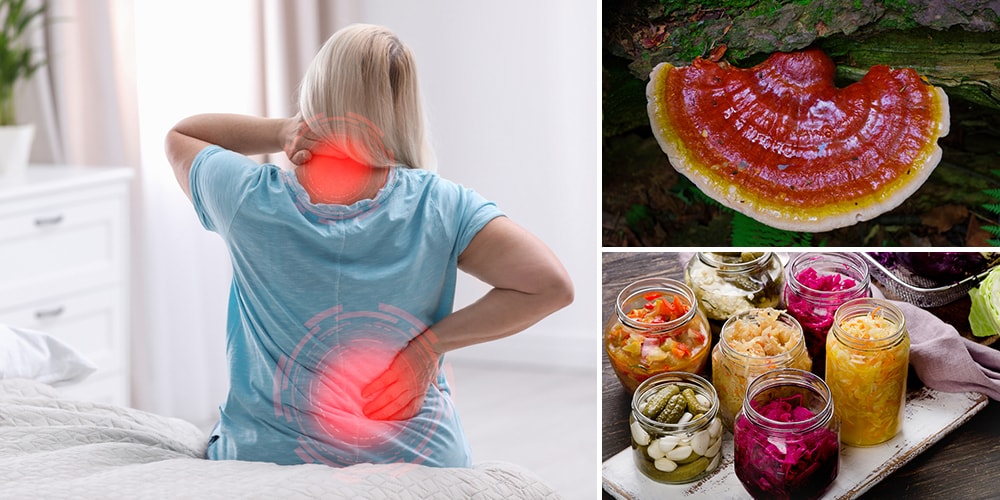
Here’s How to Naturally Calm Chronic Pain
Chronic pain is a widespread problem, with around 20% of the adult population experiencing pain for more than three months. Long-term pain is also linked to emotional discomfort, with up to 85% experiencing major depression. Overdose from opioid painkillers is the top cause of death among Americans under the age of 50. As a result, pain management is a critical public health issue with significant economic and societal implications. Below, we’ll look at natural remedies and lifestyle changes that can help.
Herbal Medicine for Pain Relief
Boswellia/Indian Frankincense (Boswellia serrata)
Used for centuries to address chronic pain, this potent herb has considerable anti-inflammatory and analgesic properties that help to increase your pain threshold. It can also be used topically.
Suggested dose: 350mg or 2-3 dropperfuls of tincture daily. Do not use it internally if pregnant.
Cannabidiol (CBD)
Known for its pain-relieving properties, CBD is a safe and effective remedy for peripheral neuropathic pain, rheumatoid arthritis, and cancer pain. Importantly, it is non-addictive. It helps to ease pain by modulating the endocannabinoid, inflammatory, and pain-sensing systems.
Suggested dose: 20-40mg/day.
Safety: Research has found that even high doses up to 1,500mg are well-tolerated. However, it is not recommended to take higher doses with other medications as it may cause liver damage. Side effects may include diarrhea, appetite changes, and fatigue.
Feverfew (Tanacetum parthenium)
Long-used for relieving migraine and toothache pain, feverfew is also a powerful pain reliever for acute, inflammatory, articular, and neuropathic conditions.
Suggested dose: 100mg/daily.
Possible interactions: Blood-thinning medications such as warfarin (Coumadin), clopidogrel (Plavix), or aspirin and medications broken down by the liver.
Reishi (Ganoderma lucidum)
As an outstanding adaptogenic anti-inflammatory, reishi is exceedingly helpful for reducing the pain associated with inflammatory, arthritic, and autoimmune disorders.
Suggested dose: 2 dropperfuls of dual-extracted reishi tincture, twice daily.
Dietary & Lifestyle Tips
If you are suffering from chronic pain, diet plays an important role in relieving symptoms. An anti-inflammatory diet that is rich in fresh fruits and vegetables, fatty fish, antioxidants, and fiber is an excellent choice. Avoid processed foods, refined sugar, saturated and trans fats, and conventional dairy as they make inflammation much worse.
Supporting your microbiome is also crucial for managing pain. Why? Recent studies have found that the gut microbiota plays a significant role in pain signaling — including the pain involved with inflammation, headaches, neuropathy, and visceral areas such as the abdomen, chest, intestines, and pelvis. Eating a prebiotic and probiotic rich diet that includes Jerusalem artichokes, flaxseed, chia seed, sauerkraut, kimchi, coconut kefir, tempeh, and fermented pickles is helpful. For additional support in healing the gut and encouraging a robust microbiome, my Balanced Gut Blend is an outstanding option.
Chiropractic care, acupuncture, light exercise and stretching, stress management, and quality sleep are all important for managing chronic pain. Oftentimes, sleep is disrupted because of pain. Taking an Epsom salt bath (magnesium sulfate) and having a regular sleep-promoting bedtime routine can help. If you need an extra level of support, my Sleep Blend is formulated with potent botanicals that improve sleep quality, and promote natural, healthy sleep patterns, including healthy REM cycles.
Getting enough vitamins and minerals is also essential for pain management. Focus on vitamins B-12, C, and D, along with fish oil, magnesium, and probiotics.
Deepen Your Knowledge of Holistic Medicine & Natural Healing
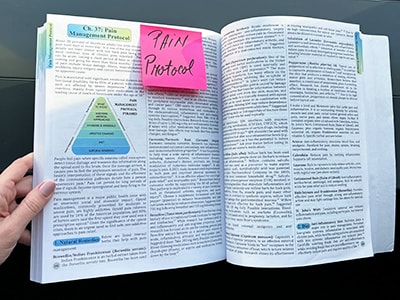
Interested in learning about additional herbs, foods, and lifestyle habits that can ease chronic pain? My new book, The Holistic Guide to Wellness: Herbal Protocols for Common Ailments is for you!
If you’re dealing with a chronic disease and have lost hope, I know exactly how you feel. I was there for years. Many people today live in a state of perpetual illness, managing their symptoms with painkillers and other drugs but not addressing the root cause of their problems.
Together with the help of MDs, NDs, and scientists, I’ve compiled 45 easy-to-follow, science-backed holistic protocols to help you improve the quality of your life — including specific recommendations for addressing chronic pain.
This book is written so that anyone may understand and integrate these protocols into their daily life and begin taking charge of their health naturally. This book is a culmination of 30+ years of my experience and knowledge paired with expert input from people in the field of natural medicine.
For each ailment, you’ll find specific foods, physical and mental exercises, stress-relief techniques, vitamins, minerals, herbs, massages, stretches, detoxes, natural remedies, and a whole range of other holistic practices — all based on peer-reviewed science.
With The Holistic Guide to Wellness: Herbal Protocols for Common Ailments by your side, you’ll have a complete roadmap to take care of your health at home naturally. Click here to get your copy now!








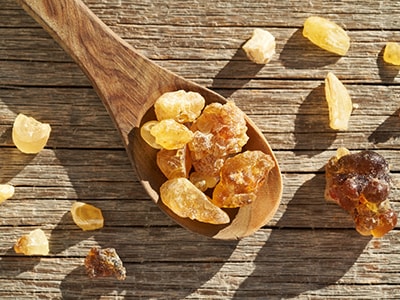
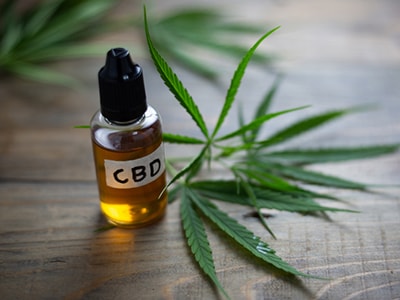
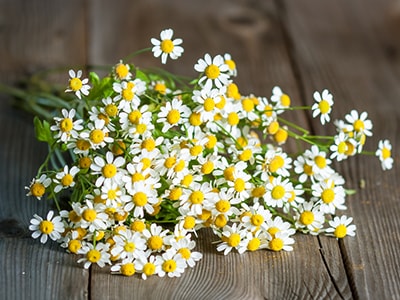
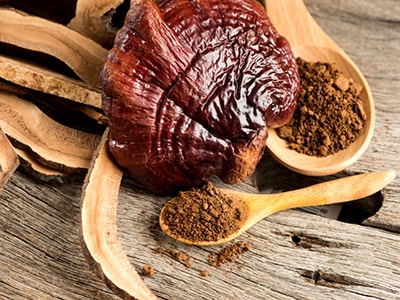
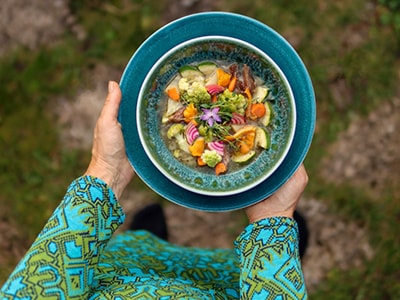
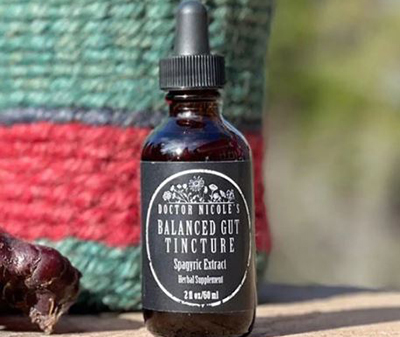
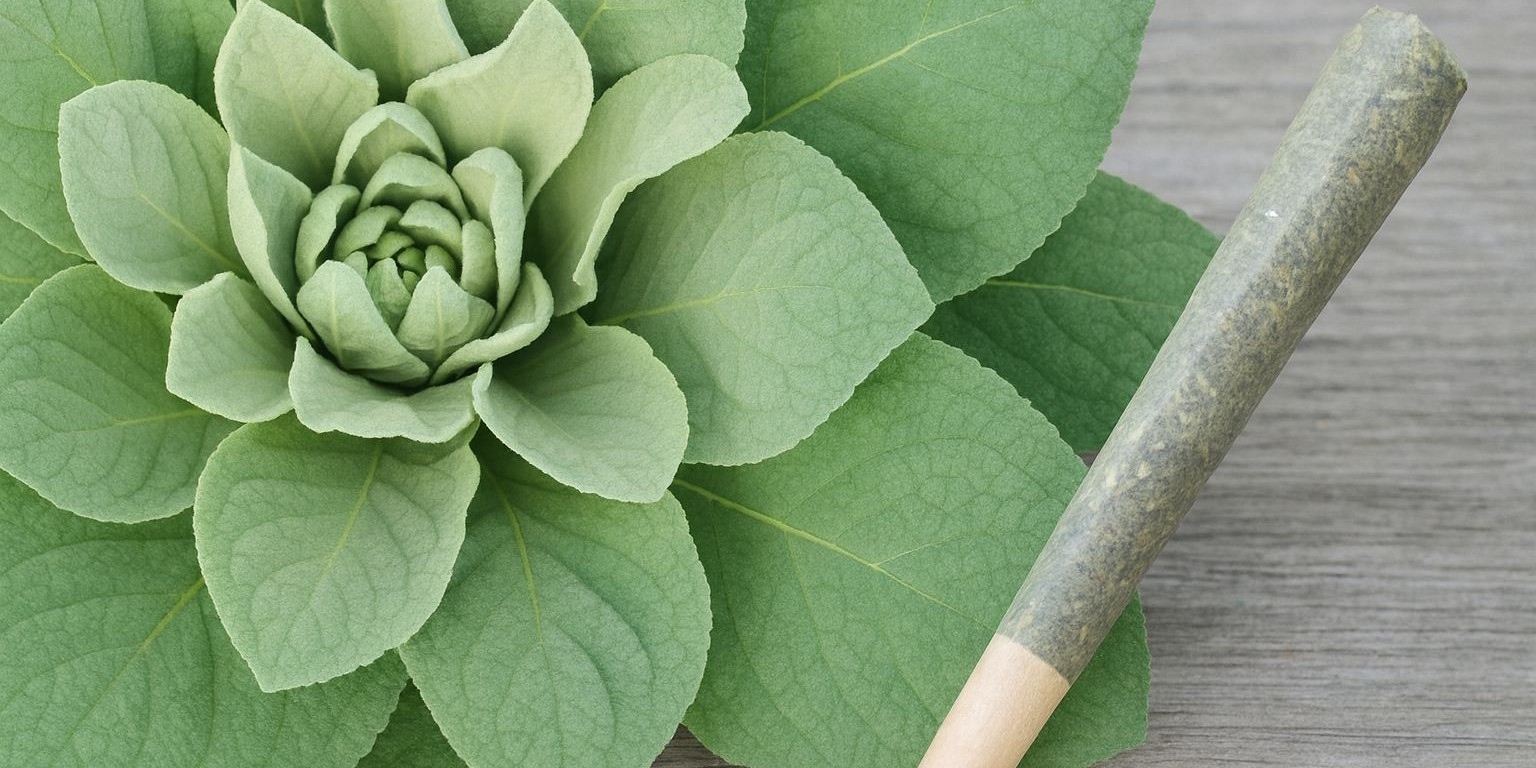
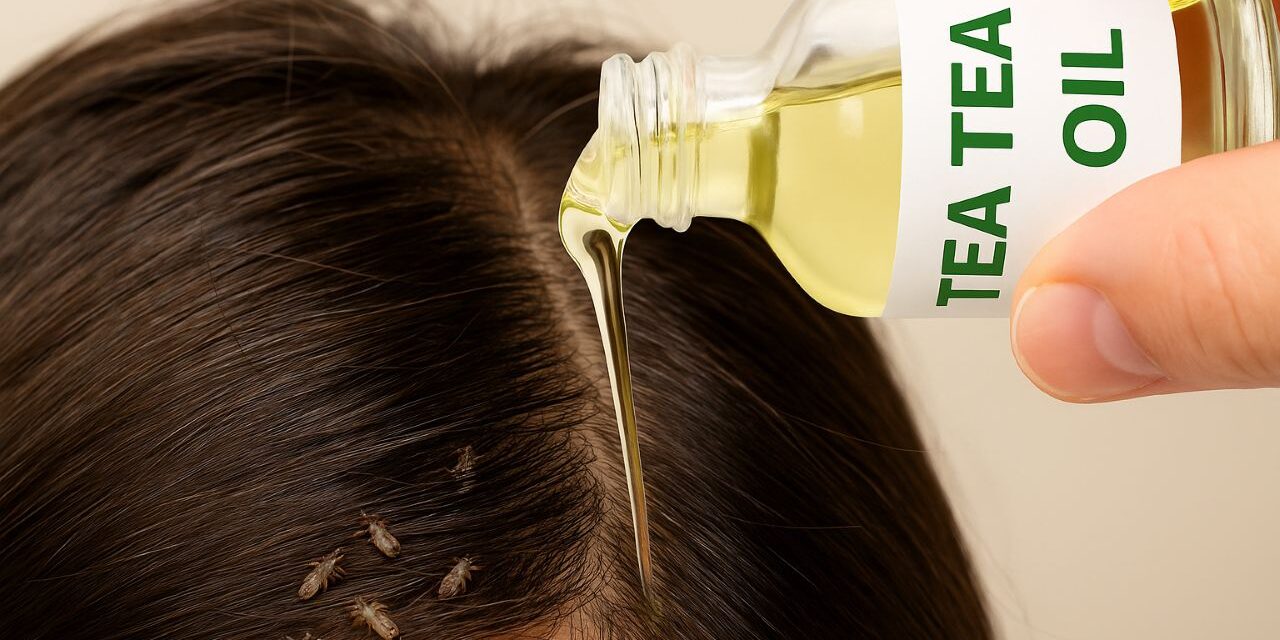

I missed the “This is how pouring salt into a cabbage can help you get rid of any kind of pain” Read it 3 times.
I agree it isn’t really listed in the article, but another article I read somewhere says salt in a cabbage and then submerse in water to ferment it. Eating this would help the microbiome and the article does say that your gut microbiome plays an important part in treating pain
Adding salt to cabbage is how you make sauerkraut. The internet is full of the how to’s, recipes, etc… It is not rocket science.
Hi Dave,
Thank you for your interest in this article!
By pouring salt into a cabbage you make sauerkraut, which is mentioned in the article in the “Dietary & Lifestyle Tips” section.
If you’re interested in finding out a sauerkraut recipe, here’s a useful article:
https://thelostherbs.com/cabbage/
Many blessings and good health!
How does salt into cabbage help? Couldn’t find it!
Hi Ester,
Thank you for your interest in this article!
By pouring salt into a cabbage you make sauerkraut, which is mentioned in the article in the “Dietary & Lifestyle Tips” section.
If you’re interested in finding out a sauerkraut recipe, here’s a useful article:
https://thelostherbs.com/cabbage/
Many blessings and good health!
Yup – I read 3 x too – could not find. I do know cabbage leaf of a blocked milk duct when breastfeeding alleviates pain.
Hi Ingrid,
Thank you for your interest in this article!
By pouring salt into a cabbage you make sauerkraut, which is mentioned in the article in the “Dietary & Lifestyle Tips” section.
If you’re interested in finding out a sauerkraut recipe, here’s a useful article:
https://thelostherbs.com/cabbage/
Many blessings and good health!
Where is the article on salt and cabbage? Can’t find it anywhere.
Hi Sharon,
Thank you for your interest in this article!
By pouring salt into a cabbage you make sauerkraut, which is mentioned in the article in the “Dietary & Lifestyle Tips” section.
If you’re interested in finding out a sauerkraut recipe, here’s a useful article:
https://thelostherbs.com/cabbage/
Many blessings and good health!
Again, could not find salt in cabbage info, even following several links. This is Bait and Switch. Illegal in advertising. About half the emails are like this and I am seriously considering unsubscribing.
Hi Dianne,
We are sorry to hear you are considering unsubscribing!
By pouring salt into a cabbage you make sauerkraut, which is mentioned in the article in the “Dietary & Lifestyle Tips” section.
If you’re interested in finding out a sauerkraut recipe, here’s a useful article:
https://thelostherbs.com/cabbage/
Many blessings and good health!
When sales ads become click bate it’s time to stop buying anything from them. “WHERE’S THE CABBAGE AND SALT”???
It would be very helpful if you would say if it is CKD friendly.